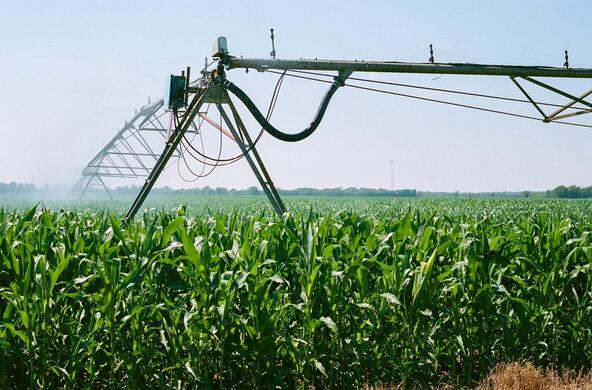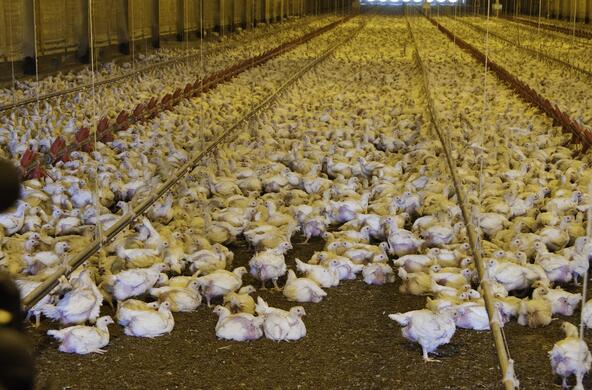Farmers and biologists typically consider the growing season in our region to run from March to September, although this may change as temperatures increase with climate change. Overall, the 2008 growing season was warmer than normal. It officially ended on Oct. 7, and May and August were the only months with below average temperatures.
How do we evaluate how the growing season stacked up to past years? One common method is to calculate growing degree days.
This temperature-based calculation helps predict events synchronized with the accumulation of warm weather. It is based on the fact in the northeastern United States, woody plants begin growing when the temperature is 45-55 degrees Fahrenheit.
The growing degree days index is created by subtracting 50 from the average daily temperature. When the average temperature is under 50 degrees Fahrenheit, the value is set to zero for that day. Warmer days are given a value of 1 for each degree above 50 degrees Fahrenheit. For instance, a day with an average temperature of 80 degrees Fahrenheit is given the value of 30. The index is cumulative, with all the values for all days of the growing season added up.
The resulting figure can be used to estimate when insect pests will emerge, when flowers will bloom, or when fruit will set. While the total growing season growing degree days has increased over the past 20 years, it was lower in 2008 than it has been in the last eight years. This is a good example of the year-to-year variation we will see as part of the trend toward increasing global temperatures.
More Rainfall Than Normal
Temperature is only part of the growing season puzzle. Anyone who has tried their hand at gardening knows rainfall is equally important. During this year's growing season, the total amount of rainfall was greater than normal.
This was largely because of some very wet weather in March and September. It's not unusual for those months to have big rain events, especially September, which is in the height of the hurricane/tropical storm season.
On Sept. 6, tropical storm Hanna brought 2.6 inches of rainfall to our region, boosting the total for September well above normal. The driest part of the season occurred from late August into early September, when two small rain events delivered a mere 0.08 inches between them. There was also a 13-day dry spell from mid-to-late April.
When we talk about growing seasons, often it isn't the total precipitation that is important, but the distribution of rain throughout the month. Episodic periods of drought are detrimental to plant growth. For example, May was drier than normal, but the rain was evenly distributed throughout the month, making it seem like a fairly wet month.
Overall, the data tell us this year's growing season was warmer and wetter than normal. But as is often the case, the devil is in the details.
A careful examination of the individual months and weeks of this year's growing season reveals the season was punctuated with dry spells as well as cooler-than-normal stretches. Nothing in nature is ever simple, and this year's growing season was no exception.
The routine and consistent measurement of environmental variables is essential to understanding how climate change will affect our region. By tracking parameters such as growing degree days and precipitation, we gain knowledge about the conditions that shape the world around us. Trends toward milder temperatures, longer growing seasons and extreme weather events are all evidence global warming is now a fact of life.





